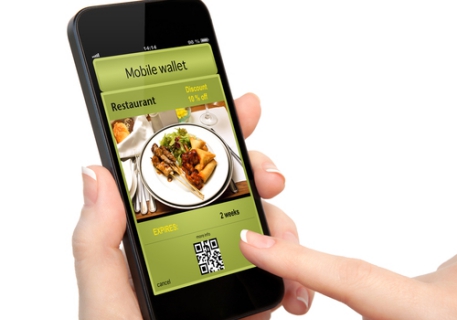What’s Behind Q2’s Surprising mCommerce Growth?

Mobile-commerce spending continues to grow. In fact, this year’s second quarter surprised many with a 47 percent year-over-year boost after several quarters of growth primarily was in the mid-20s, new research shows.
By comparison, eCommerce growth overall was up just 10 percent, suggesting desktop-based eCommerce is softening. Total discretionary spending was up 3 percent during the quarter, comScore noted in a report released last week.
The company’s eCommerce findings appear to parallel information the U.S. Census Bureau released a week earlier. It reported seasonally adjusted second quarter eCommerce growth of 15.7 percent year over year. Total retail sales during the same period were up 4.4 percent, to $1.17 trillion, with eCommerce sales of $75 billion representing 6.4 percent of total retail sales, the bureau said. Its report did not examine mCommerce trends.
Although 47 percent growth is “headline-worthy,” comScore tempered it a bit, noting mCommerce tends to see a seasonal-share dip during the spring months. “This actually makes sense given that mCommerce is still an emerging market, and we often see these behaviors amplified during both the peaks and valleys throughout the year,” the research company said.
Indeed, though the 47 percent growth rate was impressive, mCommerce as a percentage of total digital commerce was not exceptionally high at 11.1 percent, but it was high relative to previous second quarters, which were soft for mCommerce relative to other quarters, the company said.
App engagement
In the recently published 2015 Internet Retailer Mobile 500 report, analytics vendor Mobidia Inc. measured app-engagement levels of 262 merchants based on customer use of their apps to shop. It found apps with the highest engagement levels, based on monthly active users, were offered by Neiman Marcus (64.3 percent), Kohl’s (63.6 percent), Victoria’s Secret (61.7 percent), H&M (56.6 percent) and Groupon (47.8 percent), according to Internet Retailer.
Kohl’s does a great job, for example, of including features and offers in its app that keep customers coming back for more, says Chris Hill, Mobidia vice president of marketing, told the publication.
“Kohl’s highlights discounts, coupons and deals of the day; retailers with apps need to be doing these kinds of things to give people a reason to come back to the app,” Hill said. “A recognized chain name can help boost engagement, but only if the app is designed well and gives shoppers a reason to return. An app is an opportunity for a brand to leverage its most loyal customers.”
Tablet-commerce growth rising
In its Q2 report, comScore also noted a significant rise in the importance of tablet commerce. “While smartphones have historically accounted for more than 60 percent of mCommerce spending, the more rapid growth in tablet ownership in recent quarters allowed tablets to account for 46 percent of mCommerce spending in Q2 and see a 75 percent growth rate versus year ago (as compared with 29 percent growth in spending using smartphones),” the research company noted.
So, what should the Q2 gains signify? Big things to come for mCommerce, or was the quarter just an aberration from what the market should typically expect? comScore suggested it’s somewhere in the between.
“It is very telling that the pronounced softness seen in previous years’ second quarter did not happen this year–a sign that perhaps the base of mCommerce buyers is finally solidifying and becoming more consistent throughout the year,” the company said. “A more solid base of buyers means a better foundation for growth in the coming months. And as buying expands to more platforms–particularly tablets–consumers will only become more comfortable purchasing via mobile.”
An omnichannel challenge?
While comScore said it is “highly unlikely” the market will see growth rates in excess of 40 percent in the year’s final two quarters, it does believe growth rates in the 30 percent range are “very possible.”
“If that happens, then 2014 mCommerce spending looks to be headed for around $35 billion–not far behind the size of the entire digital advertising market,” comScore said. “As mCommerce grows into a more mature transactional medium over the next few years, it’s clear that omnichannel marketing will become an even more important–and likely more challenging–issue for marketers.”
